ZHCSFV8C May 2016 – January 2018 TPA3128D2 , TPA3129D2
PRODUCTION DATA.
- 1 特性
- 2 应用
- 3 说明
- 4 Revision History
- 5 Pin Configuration and Functions
- 6 Specifications
-
7 Detailed Description
- 7.1 Overview
- 7.2 Functional Block Diagram
- 7.3
Feature Description
- 7.3.1 Gain Setting and Master and Slave
- 7.3.2 Input Impedance
- 7.3.3 Startup and Shutdown Operation
- 7.3.4 PLIMIT Operation
- 7.3.5 GVDD Supply
- 7.3.6 BSPx AND BSNx Capacitors
- 7.3.7 Differential Inputs
- 7.3.8 Device Protection System
- 7.3.9 DC Detect Protection
- 7.3.10 Short-Circuit Protection and Automatic Recovery Feature
- 7.3.11 Thermal Protection
- 7.3.12 Device Modulation Scheme
- 7.3.13 Efficiency: LC Filter Required with the Traditional Class-D Modulation Scheme
- 7.3.14 Ferrite Bead Filter Considerations
- 7.3.15 When to Use an Output Filter for EMI Suppression
- 7.3.16 AM Avoidance EMI Reduction
- 7.4 Device Functional Modes
- 8 Applications and Implementation
- 9 Power Supply Recommendations
- 10Layout
- 11器件和文档支持
- 12机械、封装和可订购信息
6.7 Typical Characteristics
fs = 400 kHz, Ultra Low Idle Loss Mode, TPA3128D2EVM Tested With AP2722. (unless otherwise noted)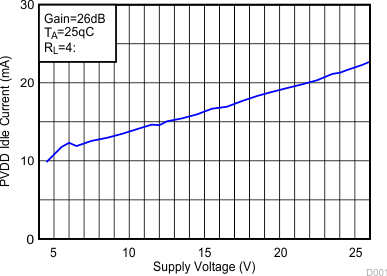 Figure 1. Idle Current vs PVCC
Figure 1. Idle Current vs PVCC
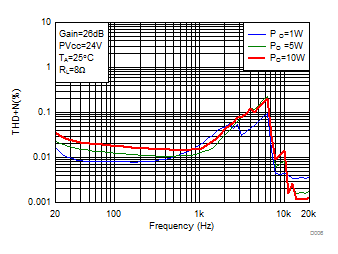 Figure 3. Total Harmonic Distortion + Noise (BTL) vs Frequency
Figure 3. Total Harmonic Distortion + Noise (BTL) vs Frequency
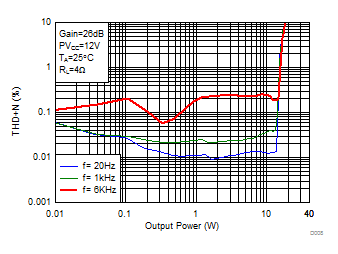 Figure 5. Total Harmonic Distortion + Noise (BTL) vs Output Power
Figure 5. Total Harmonic Distortion + Noise (BTL) vs Output Power
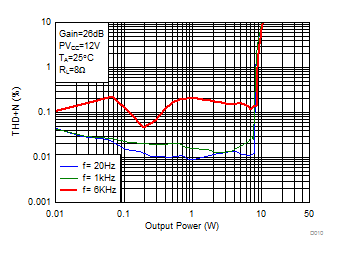 Figure 7. Total Harmonic Distortion + Noise (BTL) vs Output Power
Figure 7. Total Harmonic Distortion + Noise (BTL) vs Output Power
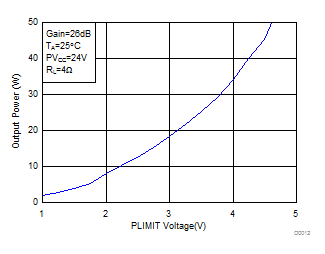 Figure 9. Output Power (BTL) vs Plimit Voltage
Figure 9. Output Power (BTL) vs Plimit Voltage
 Figure 11. Maximum Output Power (BTL) vs Supply Voltage
Figure 11. Maximum Output Power (BTL) vs Supply Voltage
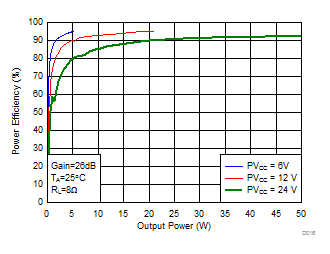 Figure 13. Power Efficiency (BTL) vs Output Power
Figure 13. Power Efficiency (BTL) vs Output Power
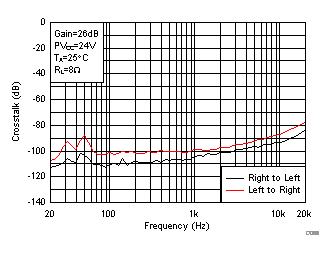 Figure 15. Crosstalk vs Frequency
Figure 15. Crosstalk vs Frequency
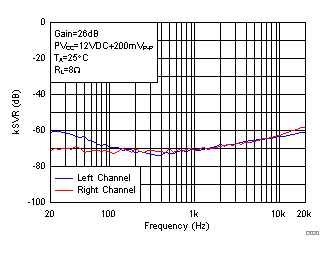 Figure 17. Supply Ripple Rejection Ratio (BTL) vs Frequency
Figure 17. Supply Ripple Rejection Ratio (BTL) vs Frequency
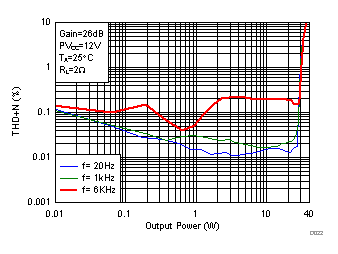 Figure 19. Total Harmonic Distortion + Noise (PBTL) vs Output Power
Figure 19. Total Harmonic Distortion + Noise (PBTL) vs Output Power
 Figure 21. Power Efficiency (PBTL) vs Output Power
Figure 21. Power Efficiency (PBTL) vs Output Power
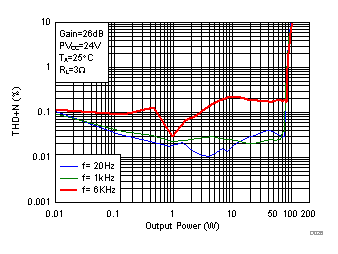 Figure 23. Total Harmonic Distortion + Noise (PBTL) vs Output Power
Figure 23. Total Harmonic Distortion + Noise (PBTL) vs Output Power
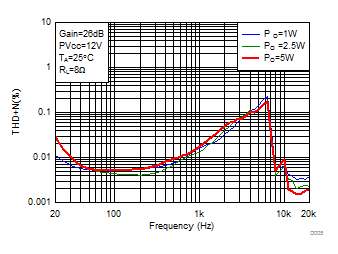 Figure 2. Total Harmonic Distortion + Noise (BTL) vs Frequency
Figure 2. Total Harmonic Distortion + Noise (BTL) vs Frequency
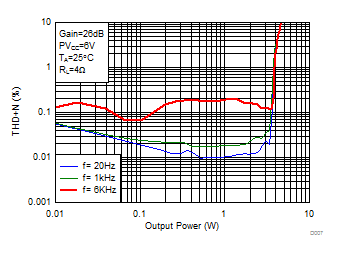 Figure 4. Total Harmonic Distortion + Noise (BTL) vs Output Power
Figure 4. Total Harmonic Distortion + Noise (BTL) vs Output Power
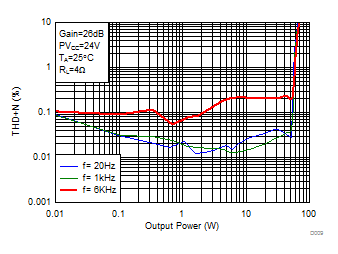 Figure 6. Total Harmonic Distortion + Noise (BTL) vs Output Power
Figure 6. Total Harmonic Distortion + Noise (BTL) vs Output Power
 Figure 8. Total Harmonic Distortion + Noise (BTL) vs Output Power
Figure 8. Total Harmonic Distortion + Noise (BTL) vs Output Power
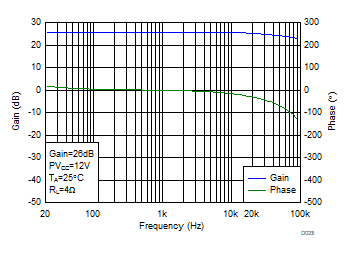 Figure 10. Gain/Phase (BTL) vs Frequency
Figure 10. Gain/Phase (BTL) vs Frequency
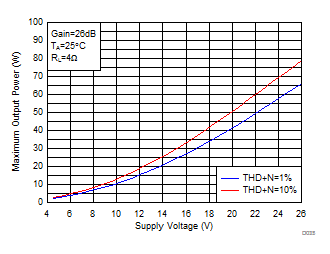 Figure 12. Maximum Output Power (BTL) vs Supply Voltage
Figure 12. Maximum Output Power (BTL) vs Supply Voltage
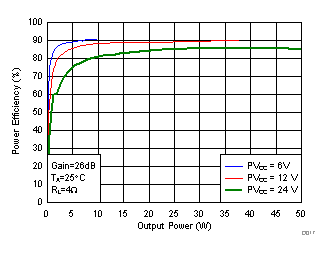 Figure 14. Power Efficiency (BTL) vs Output Power
Figure 14. Power Efficiency (BTL) vs Output Power
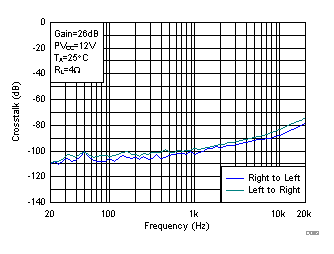 Figure 16. Crosstalk vs Frequency
Figure 16. Crosstalk vs Frequency
 Figure 18. Total Harmonic Distortion + Noise (PBTL) vs Frequency
Figure 18. Total Harmonic Distortion + Noise (PBTL) vs Frequency
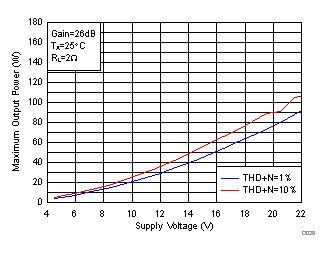 Figure 20. Maximum Output Power (PBTL) vs Supply Voltage
Figure 20. Maximum Output Power (PBTL) vs Supply Voltage
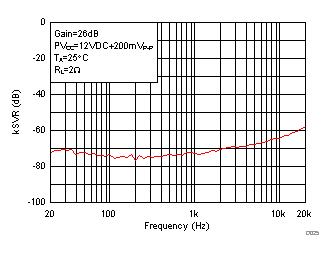 Figure 22. Supply Ripple Rejection Ratio (PBTL) vs Frequency
Figure 22. Supply Ripple Rejection Ratio (PBTL) vs Frequency
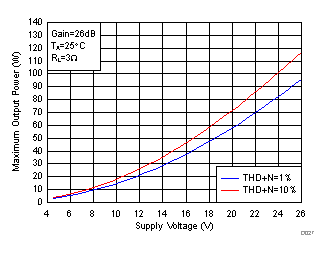 Figure 24. Maximum Output Power (PBTL) vs Supply Voltage
Figure 24. Maximum Output Power (PBTL) vs Supply Voltage